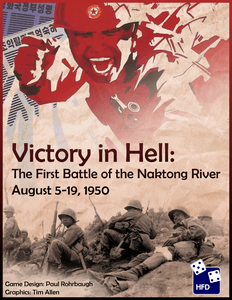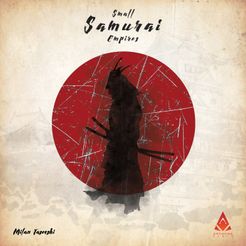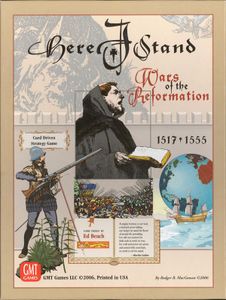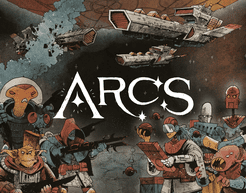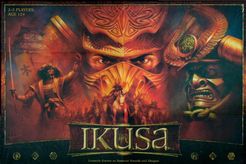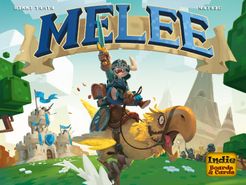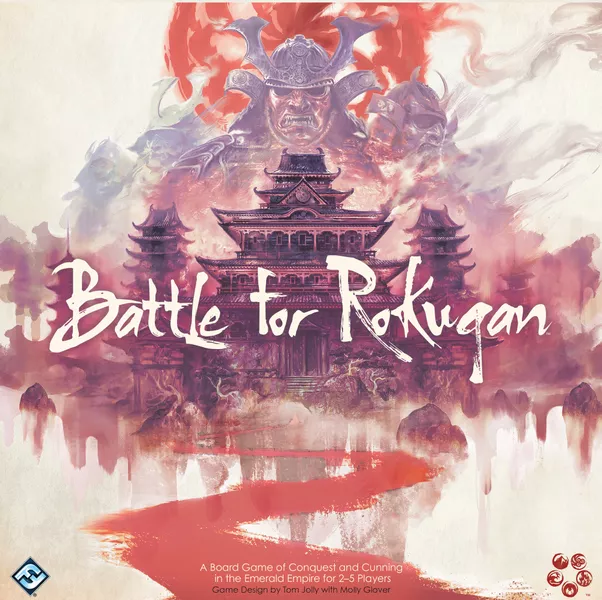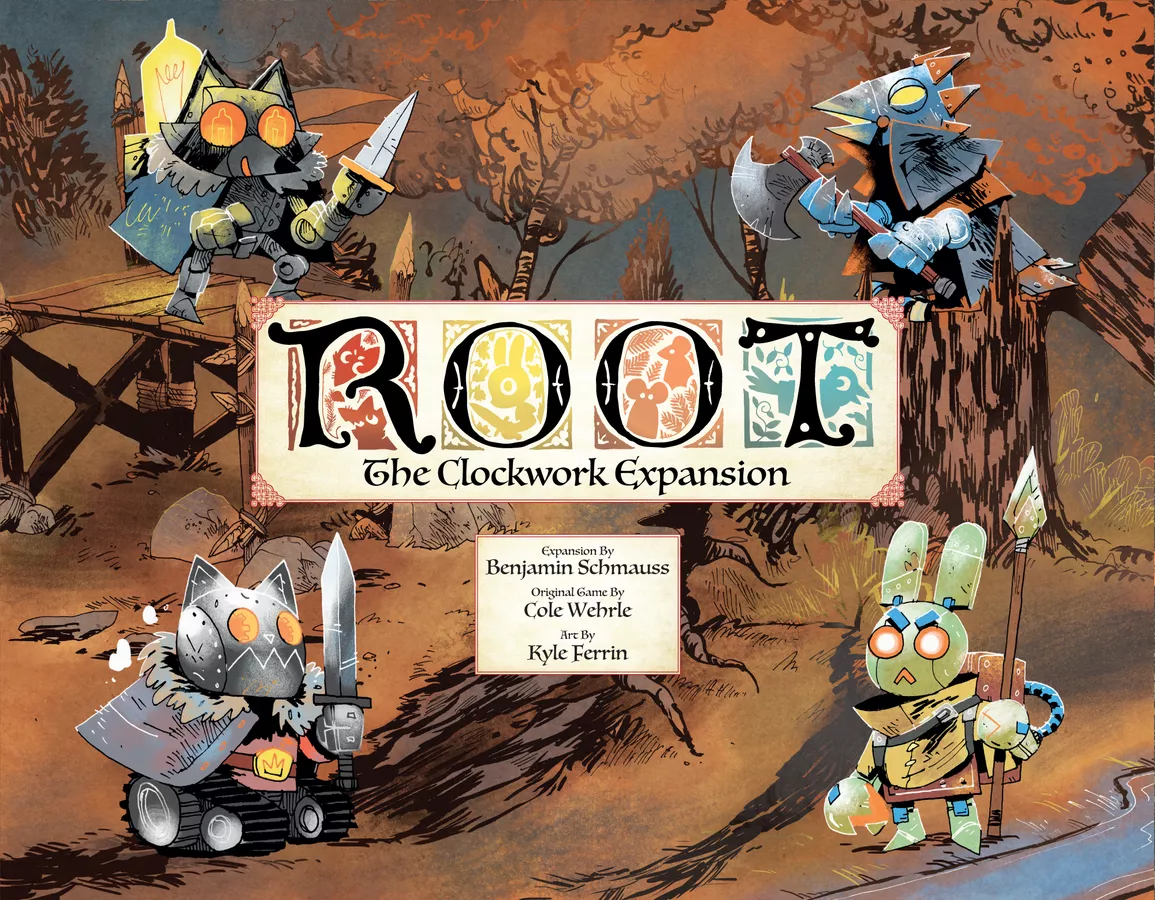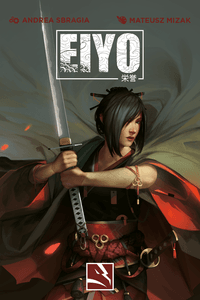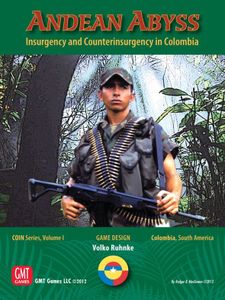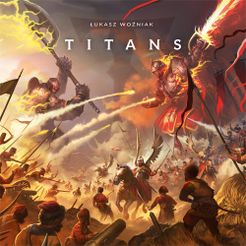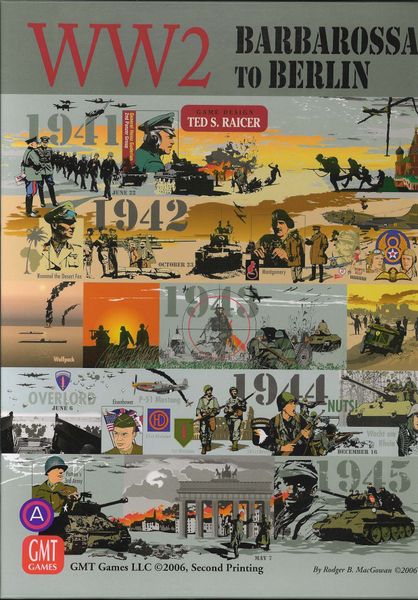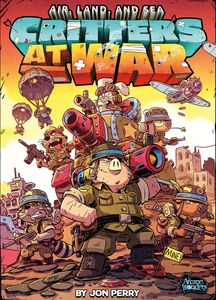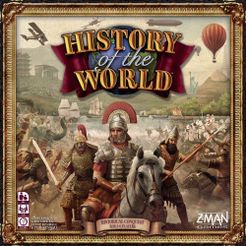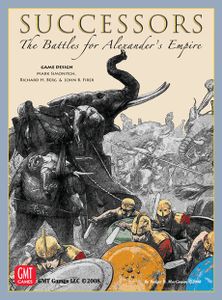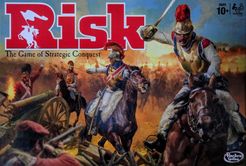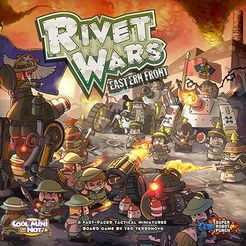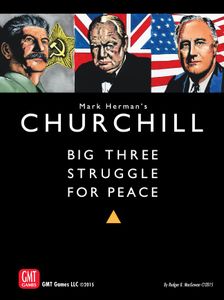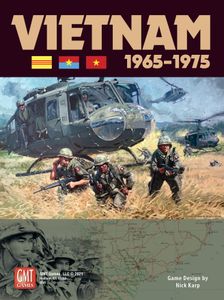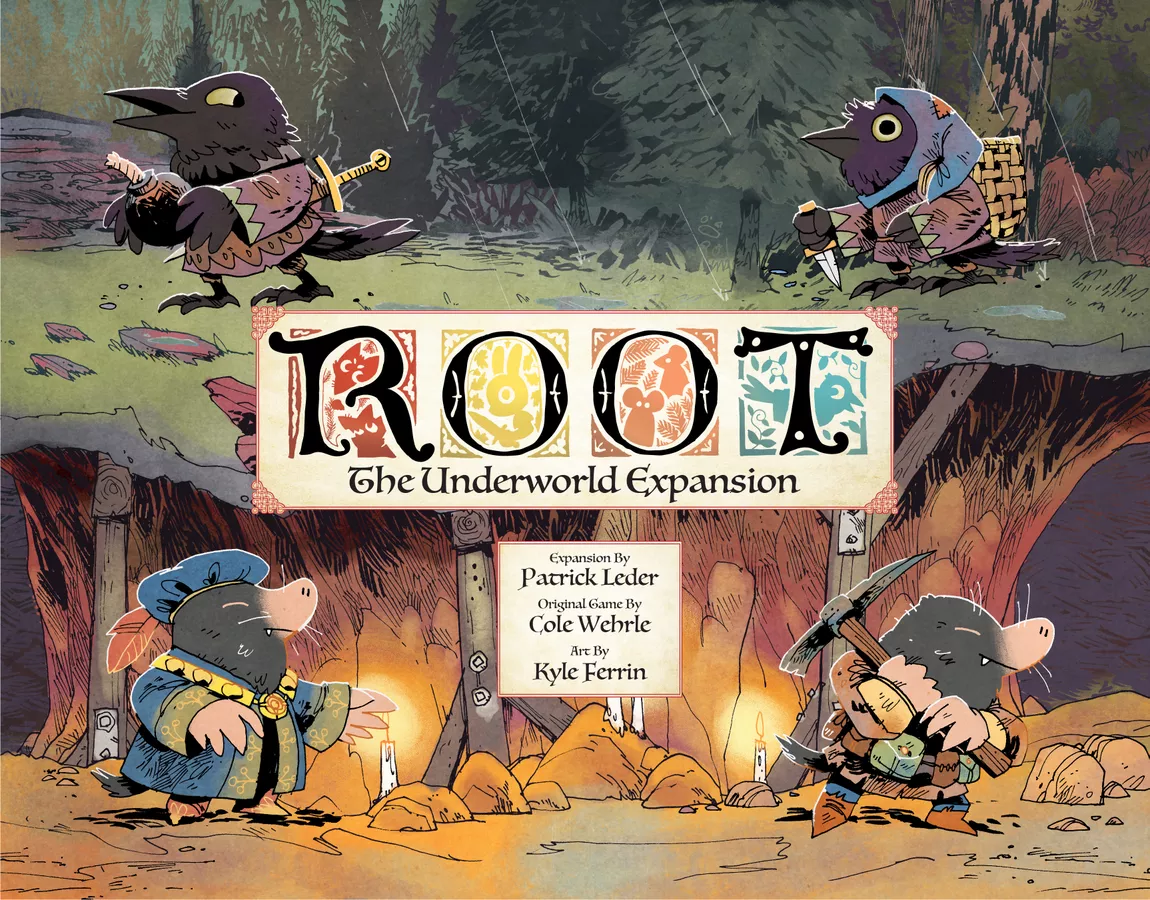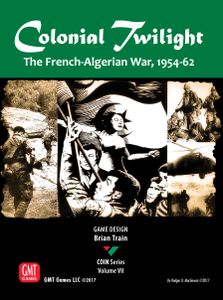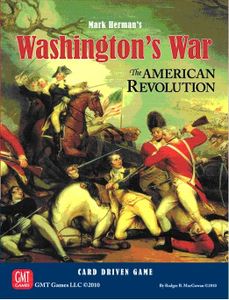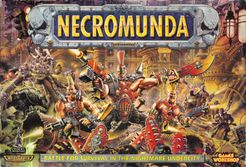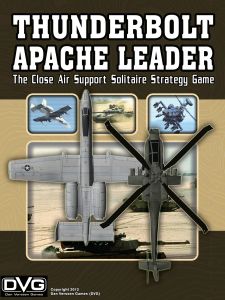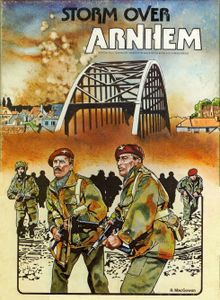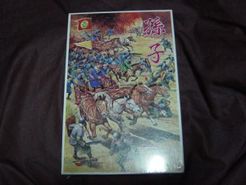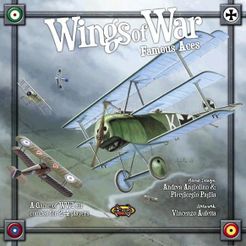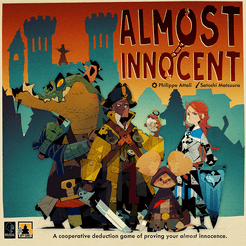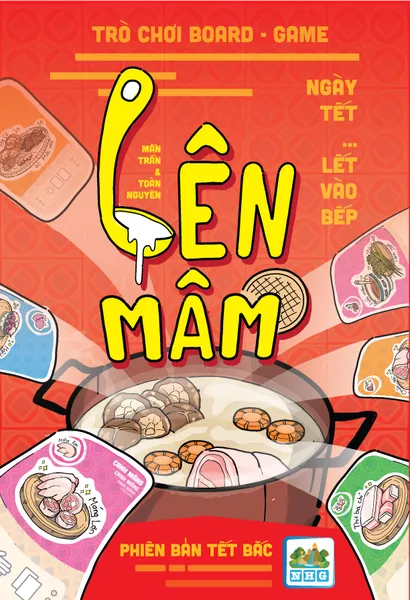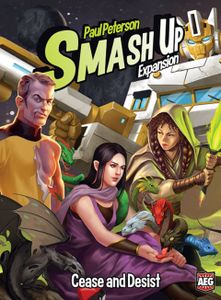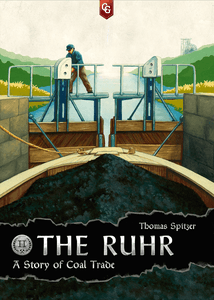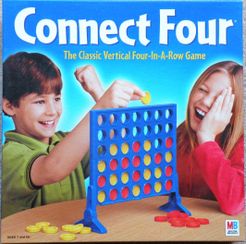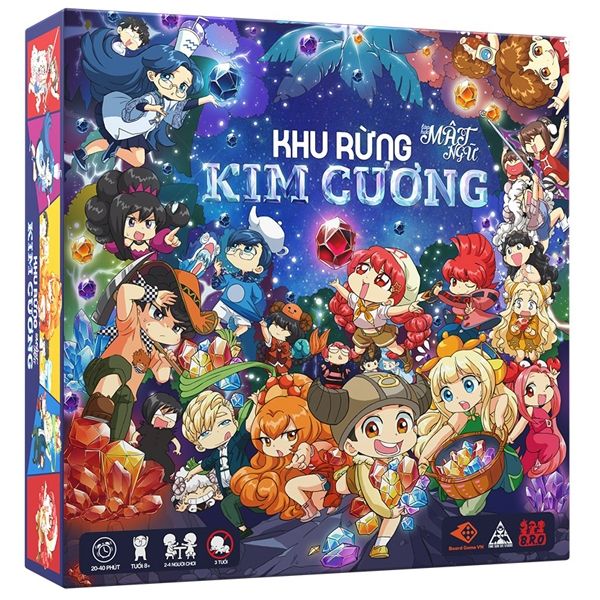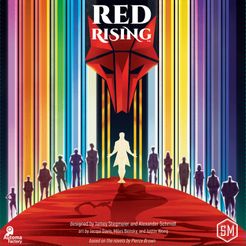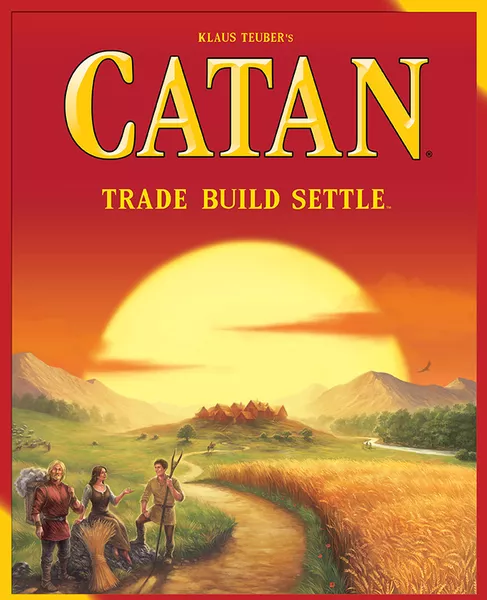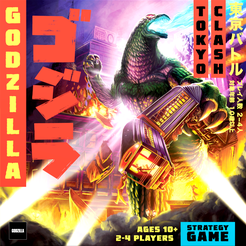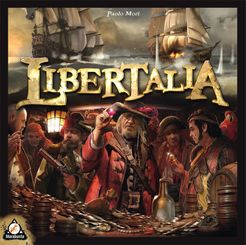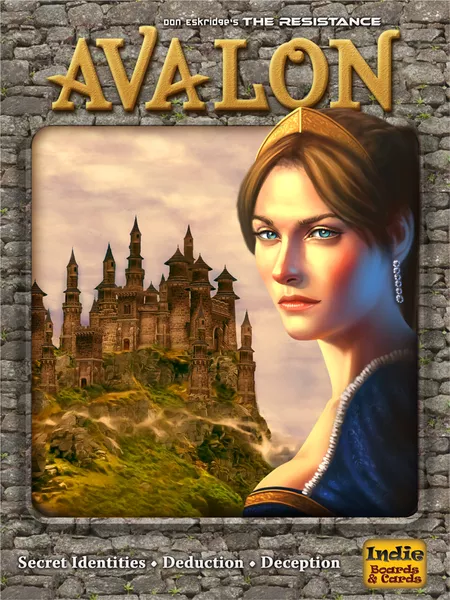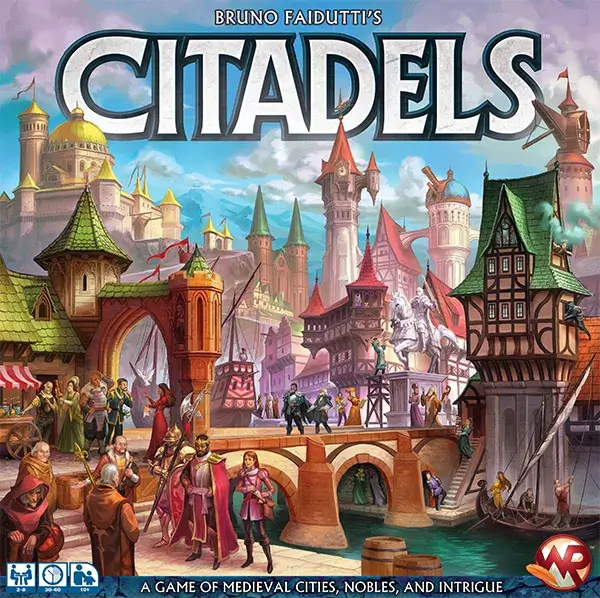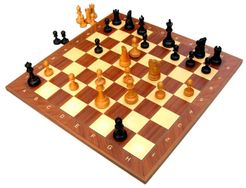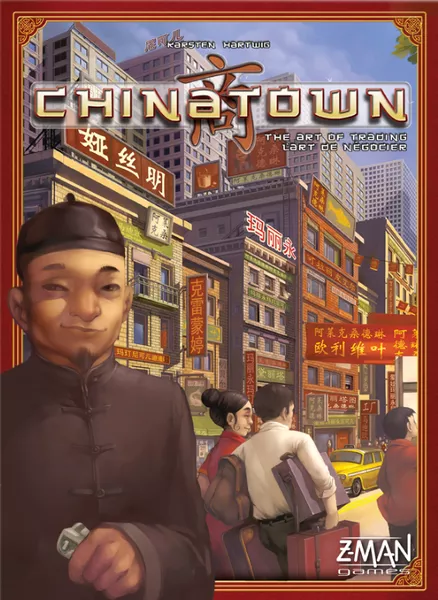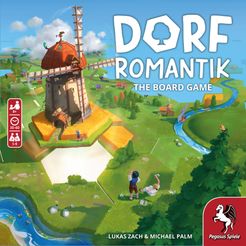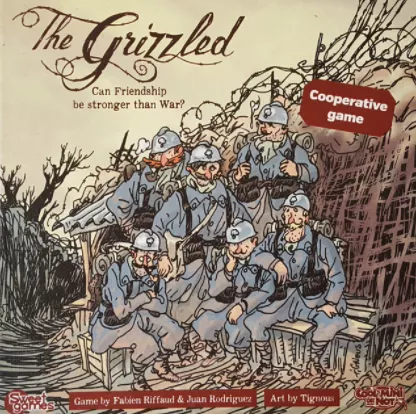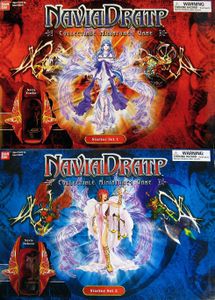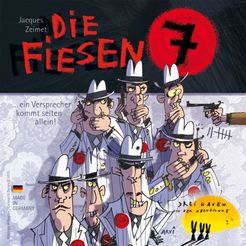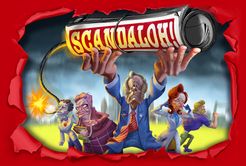Victory in Hell: The First Battle of the Naktong River, August 5-19, 1950 (2019)
- Giới Thiệu
- Hướng Dẫn
- Video
- Chơi Ngay
- Đánh Giá & Bình Luận
“There will be no more retreating, withdrawal, readjustment of line or whatever you call it. There are no lines behind which we can retreat. This is not going to be a Dunkirk or Bataan. A retreat to Pusan would result in one of the greatest butcheries in history. We must fight to the end. We must fight as a team. If some of us die, we will die fighting together.” – US General Walton “Bulldog” Walker, July 31, 1950.
South Korean forces withdrew to a small perimeter centered on the South Korean port of Pusan. By August the North Korean forces, although bloodied by repeated US airstrikes and weakened by stragglers from their swift advance, were massed for what many thought would be a final offensive to take the rest of South Korea. The main focus of the North Korean attack was along the Naktong River where a small bridge head had been secured earlier. Victory here could insure that there would be only one Korea, ruled by Communist leader Kim Il Sung. A UN victory could buy time and set the stage for a counter-offensive that might send the Communists back and free South Korea. Can you do as well or better?
Each copy of "Victory in Hell" is composed of the following:
- One 11 by 17 inch map.
- One Players’ Aid Sheet with game tracks and terrain identification.
- 80 un-mounted double-sided units.
- 6 pages of rules.
Infantry units are regiments, all armor units are companies. A hex is approximately a third of a mile across. Each turn represents one day of time.
Players use a standard deck of playing cards to activate their units and determine some game events. A six-sided die is used to resolve game combats and other actions.
—description from the publisher



